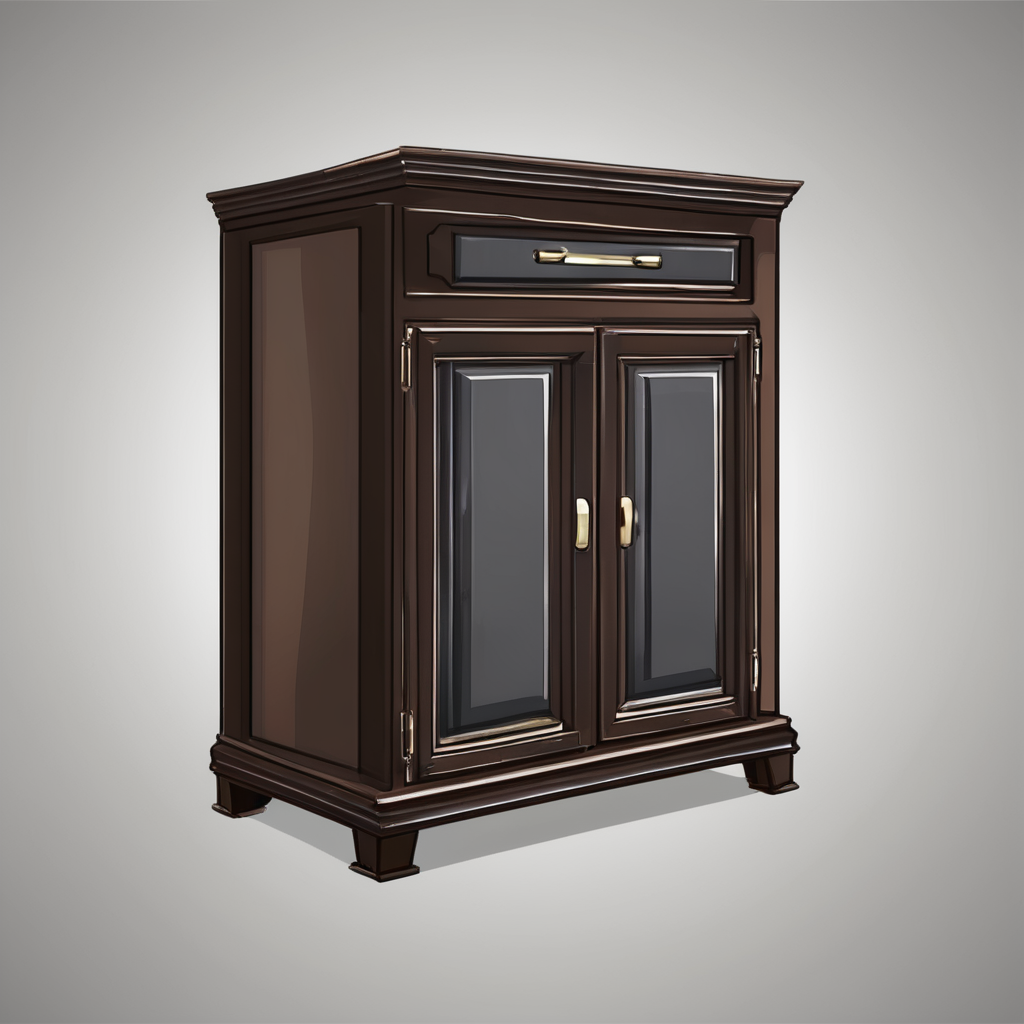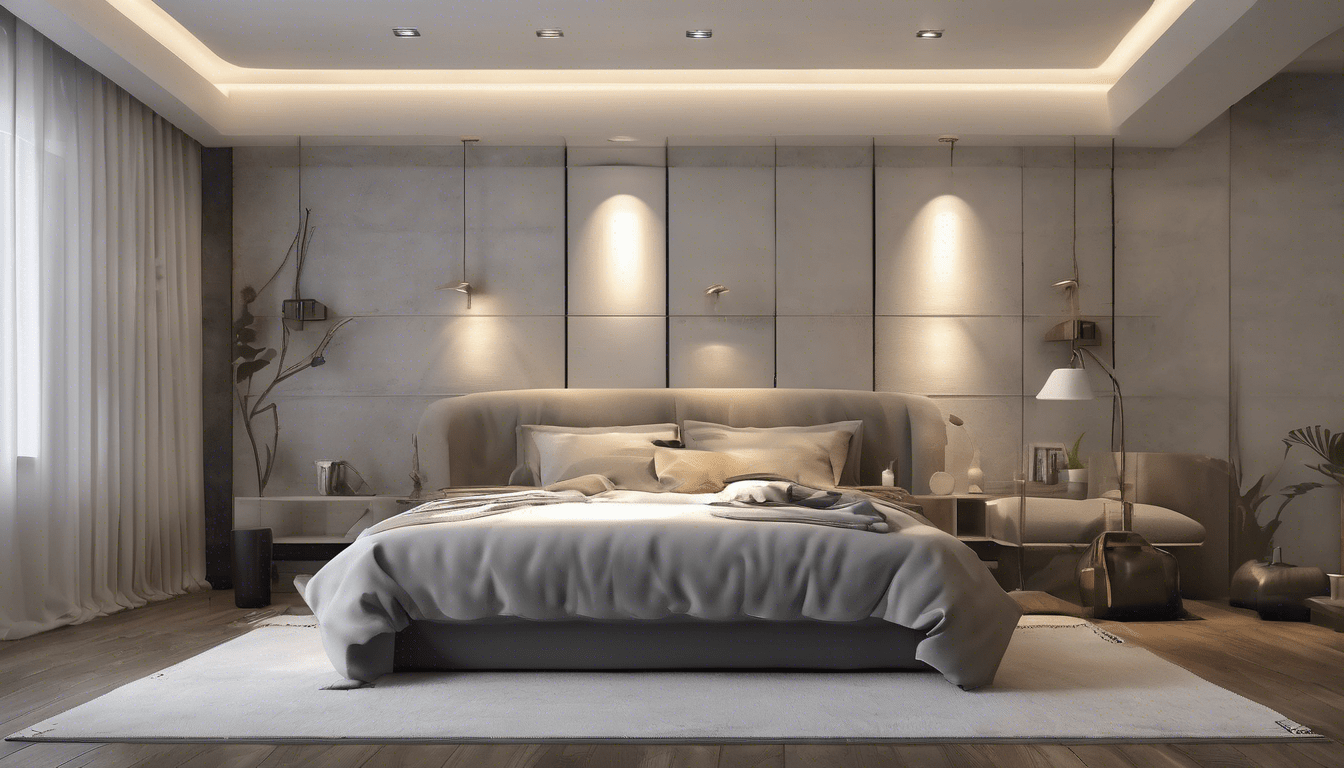Choosing the perfect wall sconce involves more than picking a stylish fixture. It requires understanding how different styles, materials, and placement can enhance your space’s ambiance and functionality. By analyzing your room’s needs and exploring expert tips, you can select a sconce that seamlessly blends form and purpose—creating a truly inviting and well-lit environment. This guide offers a fresh perspective on balancing aesthetics, practicality, and long-term durability for your lighting choice.
Understanding Wall Sconce Types and Their Functions
Wall sconces come in various styles, each designed to serve distinct functions and enhance different spaces effectively. Key types include swing arm, up/down, and directional sconces, offering versatile lighting solutions for homes and commercial areas alike.
Additional reading : Best Wood Choices for Durable and Stylish Garden Furniture in the UK
Swing arm sconces feature adjustable arms that allow users to position light exactly where needed. This flexibility makes them ideal for reading nooks, bedrooms, or offices where task lighting is essential. The ability to pull the arm closer or push it back against the wall adds both functionality and style.
Up/down wall sconces provide illumination directed both upward and downward. This dual lighting effect creates a balanced ambiance that highlights wall textures and architectural features. Such sconces work well in living rooms, hallways, or entryways by contributing indirect light that enhances mood without overwhelming brightness.
Also read : Timeless luxury : explore exquisite rolex-style wall clocks
Directional sconces are designed to aim light precisely, often used in galleries or corridors to spotlight artwork or accent specific areas. Their focused beam is excellent for creating dramatic effects or emphasizing design elements within a space.
When selecting a wall sconce, it’s important to match the type to the room’s function and desired ambiance. For example, swing arm sconces in a reading area support concentration and comfort, whereas up/down sconces elevate a room’s atmosphere by softly illuminating walls. Directional sconces, meanwhile, prioritize accent lighting and artistic expression.
Understanding these types and their functions allows homeowners and designers to choose lighting fixtures that not only complement interior aesthetics but also fulfill practical needs efficiently. For seamless installation and stylish solutions, exploring options from trusted sources like Lustria can provide valuable guidance and inspiration.
Essential Factors in Selecting a Wall Sconce
Choosing the perfect wall sconce involves understanding its lighting quality to enhance your space effectively. Key to this is evaluating brightness—measured in lumens—to suit the room’s purpose. For instance, ambient lighting in living rooms generally requires 100 to 200 lumens per square foot, whereas task lighting for reading areas demands 450 lumens or more. Light temperature also matters: warm light (2700K–3000K) promotes coziness and is ideal for bedrooms, while cool light (4000K–5000K) enhances concentration and works well in kitchens or bathrooms.
The diffuser type influences how light spreads. Frosted glass diffusers softly disperse light, reducing harsh shadows and glare, making them perfect for ambient purposes. Clear glass, in contrast, projects brighter and sharper illumination suited for accent lighting. Understanding these factors helps you select a wall sconce that balances light output, quality, and atmosphere tailored to each room’s needs.
Measuring Space and Sconce Placement
Accurate measurement is crucial. Begin by measuring wall height and available width to ensure the sconce fits proportionally without overwhelming. As a rule, place sconces approximately 60 to 66 inches from the floor to optimize eye level and lighting effectiveness. For task lighting, position sconces on either side of mirrors or workspaces about 65 to 70 inches apart to minimize shadows. Ambient sconces should be spaced evenly, generally 6 to 8 feet apart on a wall.
It’s important to avoid glare by mounting sconces so light doesn’t shine directly into eyes, and to prevent unwanted shadows by selecting fixtures with diffusers or adjusting angles. These guidelines ensure your wall sconce delivers both function and comfort.
For further insights into optimizing your wall sconce setup, explore options at Lustria.
Expert Recommendations and Final Tips
Insights for choosing and installing your ideal wall sconce
When selecting wall sconces, experts emphasize balancing functionality and aesthetics tailored to your room’s specific needs. For instance, ambient lighting in a living room demands a soft, warm glow, whereas task lighting in a hallway might require brighter, focused illumination. Prioritizing both aspects ensures the lighting enhances your space while serving its practical purpose.
Energy efficiency is another crucial factor. LED bulbs, combined with smart controls, provide excellent longevity and energy savings. These options allow adjustable brightness and scheduling, helping you optimize comfort and reduce electricity costs effortlessly.
To guarantee quality, purchase wall sconces from trusted sources with solid reputations. Reliable suppliers often provide detailed product specifications, customer reviews, and warranty information. When in doubt, consulting lighting professionals or interior designers can be invaluable. They offer tailored advice on fixture placement, compatible styles, and technical considerations to match your vision and ensure a seamless installation.
For guidance on installation and style options, explore detailed resources such as Lustria, which serves as a helpful reference for achieving both functionality and design harmony in your lighting choices.




